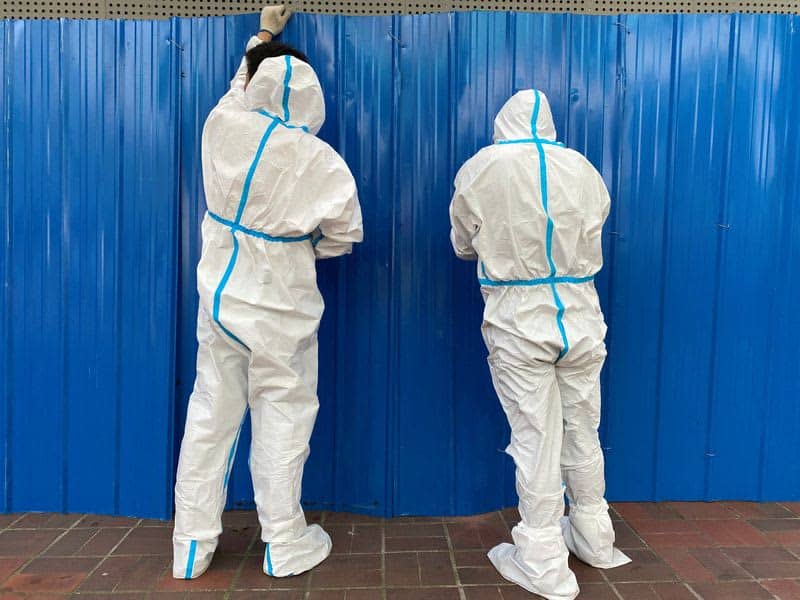Reuters

By Jennifer Rigby
LONDON (Reuters) – The World Health Organization said on Thursday its latest investigation into the origins of COVID-19 was inconclusive, largely because data from China is missing, another blow to its years-long effort to determine how the pandemic began.
The report from the WHO expert panel said all available data showed the novel coronavirus that causes COVID-19 probably came from animals, likely bats, a similar conclusion to the U.N. agency's previous work on the topic in 2021 that followed a trip to China.
The missing data, especially from China, where the first cases were reported in December 2019, meant it was not possible to identify exactly how the virus was first transmitted to humans.
The findings are likely to add to doubts it will be possible to determine how and where the virus emerged.
They will also inject urgency into the effort to overhaul the WHO and its health emergency procedures as the agency strives to reassert itself after years of criticism over its handling of the pandemic.
The WHO says the report, the first of several expected from the panel, is also about drawing up a better way to probe the origins of future outbreaks.
WHO Director General Tedros Adhanom Ghebreyesus wrote to the Chinese government twice in February this year in pursuit of more information, the report showed, although the authors also said China had provided some data on request.
The origins of the pandemic, which has killed at least 15 million people, have become politicised. Scientists say it is important to establish what happened to prevent similar outbreaks.
LONGER IT TAKES, HARDER IT GETS
But the team on the panel – known as the Scientific Advisory Group for the Origins of Novel Pathogens (SAGO) – said it was still impossible to do so because of a lack of data. They also say there are “recognised challenges” in investigating “such a long time after the initial outbreak”, although their work would continue.
“The longer it takes, the harder it becomes,” Maria Van Kerkhove, a senior WHO official on the SAGO secretariat, told a briefing, adding the WHO will support all ongoing efforts to better understand how the pandemic began.
“We owe it to ourselves, we owe to the millions of people who died and the billions of people who were infected,” she said.
The report said no new information had been provided on the possibility that SARS-CoV-2 was introduced to humans through a laboratory incident, and “it remains important to consider all reasonable scientific data” to evaluate this possibility.
Reflecting the political wrangling that has dogged the drafting of the report, it includes a footnote outlining how members of the panel from Brazil, China and Russia disagreed that further studies were needed on the lab hypothesis and suggested nothing had changed since the previous WHO-China joint report on origins, published in March 2021.
The latest report also includes a framework for how to pinpoint the origins of future outbreaks, which WHO has said is the panel's central aim, rather than drawing conclusions on COVID-19.
Jean-Claude Manuguerra, SAGO Co-chair said monkeypox was an “illustration of how much we need this global framework” to find out how future pathogens emerge.
When the panel was set up in October, WHO emergencies chief Mike Ryan said it was the “best chance… it may be our last chance” to understand the origins of the coronavirus.
The report also includes a long list of recommendations for further studies that could shed more light on COVID-19's origins.
They include seeking information on the earliest cases in Wuhan, China, as well as further studies around the animal market in Wuhan that was identified early on as a potential location for the virus's jump to humans.
The 2021 report called a lab leak “highly unlikely” and suggested the most plausible theory was a spillover from animals. A later U.S. intelligence report said both theories remained plausible, although it too leaned towards natural origins.
(Reporting by Jennifer Rigby; additional reporting by Emma Farge; editing by Barbara Lewis)



